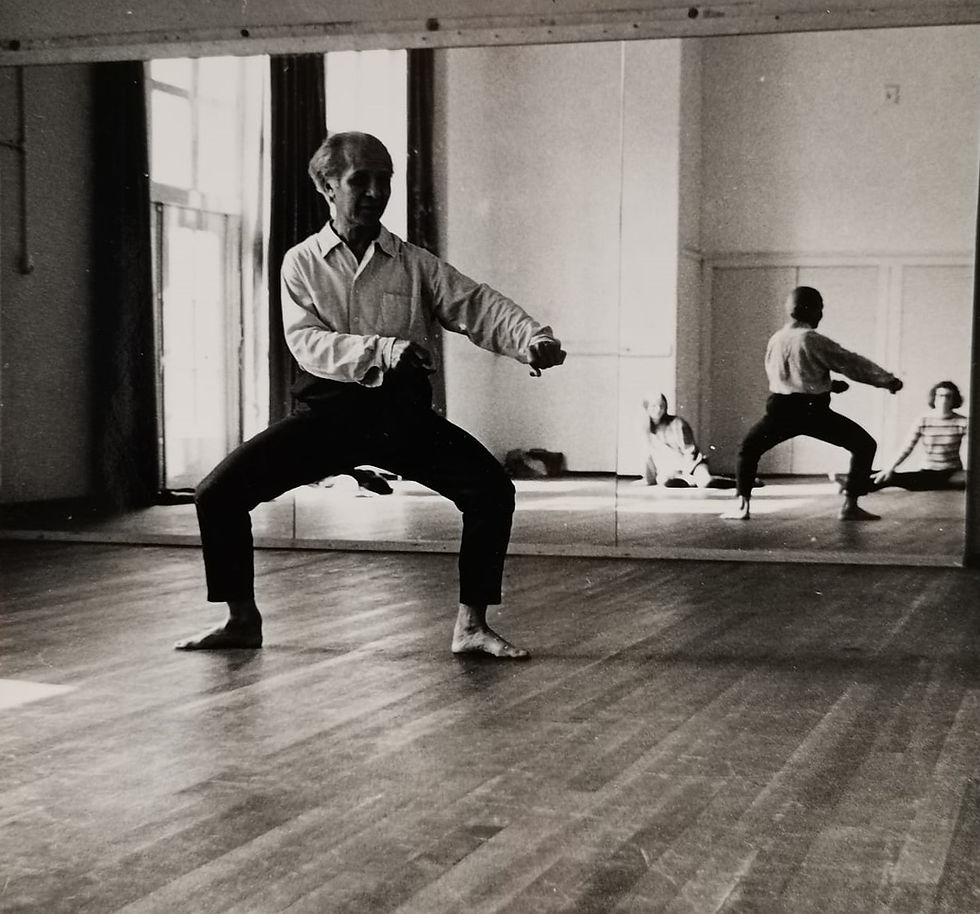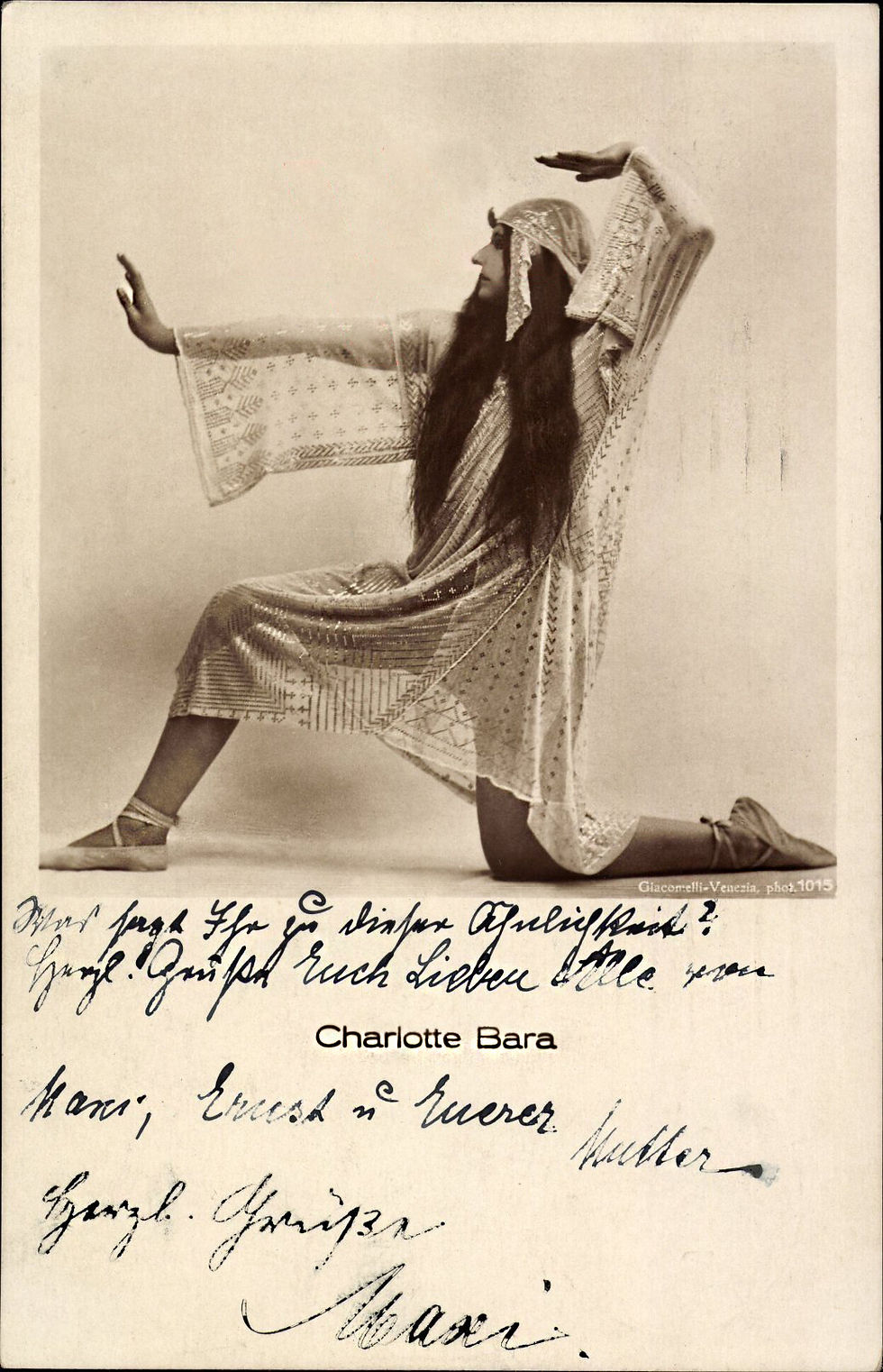Becoming the Monster: Mapping Berlin as Transcultural Playground
- Nabuurs&VanDoorn

- Jul 10
- 2 min read
We begin our mapping of Berlin not as cartographers of spacetime, but as detectives of lost gestures—seeking subtle residues of movement, memory, and spiritual form embedded in the city’s surfaces. This is not a project of documentation, but of attunement. We are tracing a lineage of embodied knowledge that stretches from Javanese court dance to contemporary performance, from carved stone to whispered steps. Berlin, to us, is not a constructed city, but a palimpsest of attitudes.

One of our guiding figures is Raden Mas Jodjana (1877–1954), a Javanese prince, performer, and mystic who moved through early 20th-century Europe with an ease both radical and unsettling. Born into the world of Yogyakarta’s kraton and educated in the Netherlands, he refused to perform as an exotic other. Instead, he staged his sovereignty—using silence, restraint, and spiritual form as resistance to colonial spectacle. His performances were cosmologies, not shows. His life reminds us that transculturality is not a condition to be theorized but a practice to be lived, embodied, and risked. Jodjana’s work, nearly forgotten, speaks to the same ethic of form: art as transmission, as alignment between the visible and the unseen. He enacted a modernism not of rupture but of reconnection—a spiritual modernism born not in the capitals of Europe, but between thresholds.

His student Charlotte Bara—a figure who fascinates us deeply. Trained in inner rhythm and spiritual attention, took Jodjana’s principles and forged a path of her own. In 1920s Berlin, she performed dances that were nearly still, nearly silent—each gesture dense with meaning, suspended between Gothic austerity and Eastern discipline. She did not belong to the Expressionists or the cabaret scene; her work stood apart, whispering rather than proclaiming. A feminist modernism of the interior.

Berlin in her time—and in ours—is a city of unresolved tensions. Its facades carry traces of imperial ambition and sacred longing. In our walks, we will search for neo-Egyptian columns, or the funerary friezes where pharaohs and angels share space. There is something uncanny here. Something we call the Egyptian Gothic—a symbolic language that merges colonized antiquity with European mysticism. It’s within this hybrid visual code that we locate the contradictory roots of Europe’s self-determination: at once secular and esoteric, architectural and spiritual.

In the contemporary avant-garde dance scene of Berlin, we sense a quiet return to these deeper undercurrents. Choreographers and performers today engage with ritual, repetition, and the body’s ability to speak across histories. Here, gesture becomes both archive and proposition—a form of resistance, a method of repair.
This is where we enter.

We approach Berlin not just as residents or researchers, but as navigators of entanglement. Our practice—through performative walks, instruction-based gestures, cartographic scores, and color-coded interventions—seeks to make visible the invisible alignments between architecture, memory, and bodily presence. We will re-write the city as a stage, an oracle, a sculpture in motion.



Comments